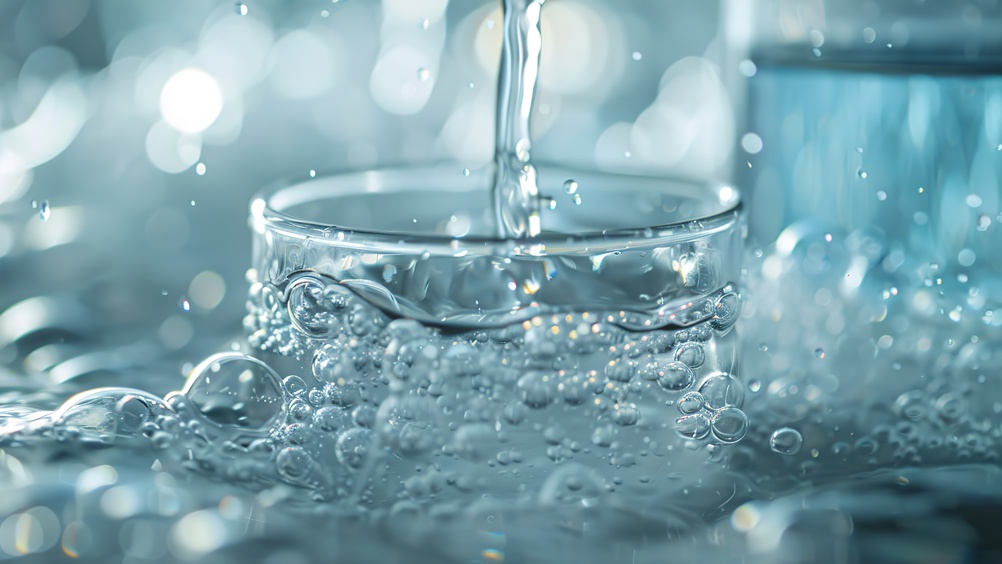References
Improved in vitro wound healing in response to a superoxidised solution

Abstract
Objective:
This study assessed wound healing in response to a superoxidised solution using an in vitro wound healing model.
Method:
Prewounded reconstructed full-thickness human skin models were treated with 10µl of either superoxidised solution (Hydrocyn aqua, Bactiguard South East Asia Sdn. Bhd., Malaysia) or Dulbecco's phosphate buffered saline (DPBS) and incubated at 37°C for up to seven days, with additional treatments added every 48 hours. On days 0, 1, 2, 5 and 7, triplicate samples were taken for specific immunostaining against cytokeratin 14 and vimentin. At each timepoint, horizontal and vertical wound diameters were measured to demonstrate wound closure. Maintenance media was taken at the same timepoints for the measurement of secreted proinflammatory cytokines interleukin (IL)-1β, IL-6 and tumour necrosis factor (TNF)-ɑ.
Results:
At day 1, the superoxidised solution induced significantly lower diameter measurements compared with baseline data at day 0. Both treatment groups demonstrated significantly lower diameter measurements by day 2 when compared with the baseline; however, the average wound size of samples treated with the superoxidised solution was significantly lower when compared to the DPBS-treated group (p<0.05). No significant difference in expression of any proinflammatory was identified at any timepoint.
Conclusion:
Application of the superoxidised solution resulted in significantly improved wound closure over the first 48 hours in comparison to DPBS-treatment. Furthermore, application of the superoxidised solution did not induce significant proinflammatory effects, despite the significantly reduced wound diameter.
Wound healing is a complex multifaceted process, comprising of four phases (haemostasis, inflammation, proliferation and remodelling) that involve host immune responses, inflammatory mediators and cellular migration.1 Often compounding these processes are bacterial colonisation and formation of biofilms within the wound that not only protect invasive bacteria from elimination but can considerably impair the healing process.2,3
Wound cleaning is a critical step in effective wound management and care, which can prevent chronic infection. Debridement and irrigation, the two main cleaning steps, are vital for the removal of dead tissue and residual debris, helping to prevent biofilm development and accelerate wound healing. Debridement methods can be selective (only targets unhealthy tissue) or non-selective (removes both healthy and unhealthy tissue),4 and include mechanical, biological and enzymatic approaches.5 Hypochlorous acid (HOCl) has been used in debridement solutions, which can improve wound healing rates by stimulating cellular migration, activating immunomodulatory transcription factors (such as transforming growth factor-β and fibroblast growth factor-2), reduce inflammation and contribute to increased oxygenation, thereby accelerating wound healing.6,7 Furthermore, HOCl has antibacterial and antibiofilm properties, with in vitro efficacy demonstrated against Staphylococcus aureus, Pseudomonas aeruginosa, Escherichia coli and Candida albicans.8,9,10
Register now to continue reading
Thank you for visiting Journal of Wound Care's Silk Road Supplement and reading some of our peer-reviewed resources for healthcare professionals across Asia. To read more, please register today.
